Decisions about offering employee benefits make a big difference in a business’s margins. In these post-pandemic times, that has become critical for many companies.
Small businesses as well as huge corporations must offer certain benefits, such as Social Security and Medicare, of course. Should your business go beyond minimal requirements to provide employee perks? Would it make good financial sense?
ADDING VOLUNTARY BENEFITS ADDS LITTLE TO OVERALL COSTS
The Bureau of Labor Statistics reported that in March of 2020, employer costs for employee compensation for civilian workers averaged $37.73 per hour. Of that, benefit costs amounted to 31.7 percent, or $11.82 per hour. So, nearly a third of the cost of labor comes from benefits. Interestingly, though, adding more benefits is a bargain for most businesses.
Why? First, some businesses pick up part of the cost of voluntary benefits. In most cases, employees pay for them entirely out of their own pockets. Here are just a few of the benefits that cost little or nothing to companies offering them:
Workers compensation insurance
Flexible schedules
401(k) plan
Work from home opportunities
Expanded health benefits
Free food
Casual dress code
Family leave
Benefits for part-time workers.
Some of these perks, such as the flex hours and telecommuting have also become more acceptable among professional peers since the Coronavirus epidemic. Best of all, the only cost for the business comes from administering most of these extras. Because they have already set up channels for mandatory employee benefits, added perks need little extra effort. They can generally hitch onto existing procedures and protocols.
ADDING PERKS CAN SAVE MONEY THROUGH EMPLOYEE RETENTION
The COVID crisis has forced talent turnover on many businesses. Employee turnover costs businesses big money. Expense generating issues include reduced productivity and efficiency.
Other costs come with increased employee selection and training time. It can even cause financial loss related to scheduling, overtime, staff frustration, mistakes, and safety issues. The cost of voluntary turnover has increased from below $400 million in 2011 to $630 million in 2019.
However, Americans highly value their benefits, and the American Institute of CPAs (AICPA) says that they’re critical in employee retention. According to a survey, 80 percent “would choose a job with benefits over an identical job that offered 30 percent more salary but no benefits.” So, based upon the Work Institute calculations, businesses could save their annual turnover cost baseline multiplied by $15,000 by minimizing turnover.
While wage increases do help retain employees, a number of perks also contribute. Some of the most important include traditional group health insurance, bring-your-own-device (BYOD) programs, as well as retirement, education, and transportation benefits. While saving large sums of capital, all cost very little to businesses because employees generally pay the main expenses.
INVESTMENT IN EMPLOYEE BENEFITS YIELDS RECRUITING VALUE
Today’s job seekers conduct more research than ever before. The COVID world has many searching at home, from their laptops. Now, they take time to look at benefits. A Glassdoor survey concluded that 57% of people report “benefits and perks being among their top considerations before accepting a job.”
The company states that many voluntary employee benefits attract quality candidates. It named, specifically, flexible work hours, retirement benefits, group life insurance, wellness programs, and medical, dental, and vision insurance. It reported that, …
“Research shows that competitive perks can be enough to sway applicants away from higher paying jobs.”
That, again, suggests the value of relatively inexpensive voluntary employee benefits. Attracting high quality candidates should, through productivity and ingenuity, yield a significant ROI.
MANY INEXPENSIVE PERKS SAVE TAXES
The payroll experts at Paychex Worx pointed out that voluntary employee benefits can cut taxes. Businesses deduct wages, salary, commissions, bonuses, and employee benefits from taxes. Increasing employee compensation means paying more taxes.
However, the IRS classifies many types of employee benefits as tax-free compensation. So, they earn exemptions from Social Security and Medicare (FICA) taxes. Eligible perks include …
Achievement awards
Cell phones
De minimis fringe benefits such as coffee in the break room
Dependent care assistance
Educational assistance for job related courses
Group term life insurance
Health savings accounts (HSAs)
Meals and lodging
Moving reimbursements
Retirement planning services
Transportation benefits such as free parking or transit passes
A business’s benefits package says a lot about company culture. And good company culture brings productivity and customer satisfaction benefits.
When employees feel supported by well-rounded perks, they value their employer. Especially since the pandemic, many family’s feel pressured and vulnerable. By providing them with voluntary employee benefits, they can feel more satisfied.
A qualified benefits expert can help HR staff figure out the best mix of company perks for a team. Many perks cost little or nothing, yet they can provide a significant ROI. They also contribute to employee peace-of-mind and loyalty.
Small businesses as well as huge corporations must offer certain benefits, such as Social Security and Medicare, of course. Should your business go beyond minimal requirements to provide employee perks? Would it make good financial sense?
ADDING VOLUNTARY BENEFITS ADDS LITTLE TO OVERALL COSTS
The Bureau of Labor Statistics reported that in March of 2020, employer costs for employee compensation for civilian workers averaged $37.73 per hour. Of that, benefit costs amounted to 31.7 percent, or $11.82 per hour. So, nearly a third of the cost of labor comes from benefits. Interestingly, though, adding more benefits is a bargain for most businesses.
Why? First, some businesses pick up part of the cost of voluntary benefits. In most cases, employees pay for them entirely out of their own pockets. Here are just a few of the benefits that cost little or nothing to companies offering them:
Workers compensation insurance
Flexible schedules
401(k) plan
Work from home opportunities
Expanded health benefits
Free food
Casual dress code
Family leave
Benefits for part-time workers.
Some of these perks, such as the flex hours and telecommuting have also become more acceptable among professional peers since the Coronavirus epidemic. Best of all, the only cost for the business comes from administering most of these extras. Because they have already set up channels for mandatory employee benefits, added perks need little extra effort. They can generally hitch onto existing procedures and protocols.
ADDING PERKS CAN SAVE MONEY THROUGH EMPLOYEE RETENTION
The COVID crisis has forced talent turnover on many businesses. Employee turnover costs businesses big money. Expense generating issues include reduced productivity and efficiency.
Other costs come with increased employee selection and training time. It can even cause financial loss related to scheduling, overtime, staff frustration, mistakes, and safety issues. The cost of voluntary turnover has increased from below $400 million in 2011 to $630 million in 2019.
However, Americans highly value their benefits, and the American Institute of CPAs (AICPA) says that they’re critical in employee retention. According to a survey, 80 percent “would choose a job with benefits over an identical job that offered 30 percent more salary but no benefits.” So, based upon the Work Institute calculations, businesses could save their annual turnover cost baseline multiplied by $15,000 by minimizing turnover.
While wage increases do help retain employees, a number of perks also contribute. Some of the most important include traditional group health insurance, bring-your-own-device (BYOD) programs, as well as retirement, education, and transportation benefits. While saving large sums of capital, all cost very little to businesses because employees generally pay the main expenses.
INVESTMENT IN EMPLOYEE BENEFITS YIELDS RECRUITING VALUE
Today’s job seekers conduct more research than ever before. The COVID world has many searching at home, from their laptops. Now, they take time to look at benefits. A Glassdoor survey concluded that 57% of people report “benefits and perks being among their top considerations before accepting a job.”
The company states that many voluntary employee benefits attract quality candidates. It named, specifically, flexible work hours, retirement benefits, group life insurance, wellness programs, and medical, dental, and vision insurance. It reported that, …
“Research shows that competitive perks can be enough to sway applicants away from higher paying jobs.”
That, again, suggests the value of relatively inexpensive voluntary employee benefits. Attracting high quality candidates should, through productivity and ingenuity, yield a significant ROI.
MANY INEXPENSIVE PERKS SAVE TAXES
The payroll experts at Paychex Worx pointed out that voluntary employee benefits can cut taxes. Businesses deduct wages, salary, commissions, bonuses, and employee benefits from taxes. Increasing employee compensation means paying more taxes.
However, the IRS classifies many types of employee benefits as tax-free compensation. So, they earn exemptions from Social Security and Medicare (FICA) taxes. Eligible perks include …
Achievement awards
Cell phones
De minimis fringe benefits such as coffee in the break room
Dependent care assistance
Educational assistance for job related courses
Group term life insurance
Health savings accounts (HSAs)
Meals and lodging
Moving reimbursements
Retirement planning services
Transportation benefits such as free parking or transit passes
A business’s benefits package says a lot about company culture. And good company culture brings productivity and customer satisfaction benefits.
When employees feel supported by well-rounded perks, they value their employer. Especially since the pandemic, many family’s feel pressured and vulnerable. By providing them with voluntary employee benefits, they can feel more satisfied.
A qualified benefits expert can help HR staff figure out the best mix of company perks for a team. Many perks cost little or nothing, yet they can provide a significant ROI. They also contribute to employee peace-of-mind and loyalty.

Providing Employee Benefits Makes Good Financial Sense

Anonymous
Author:


